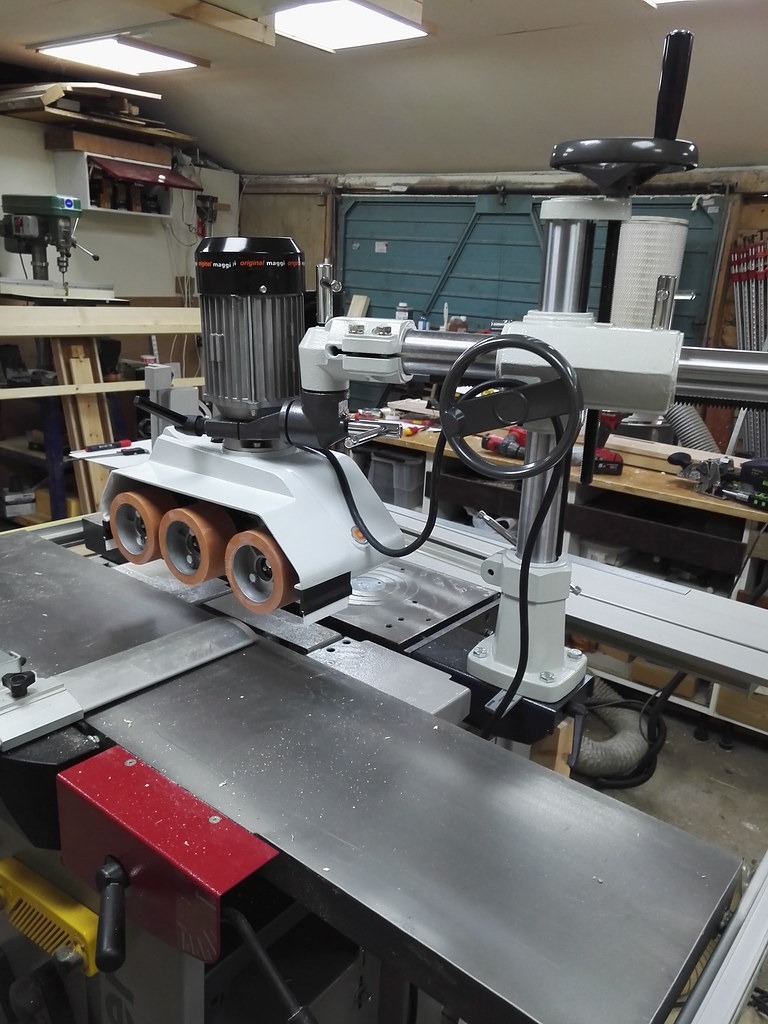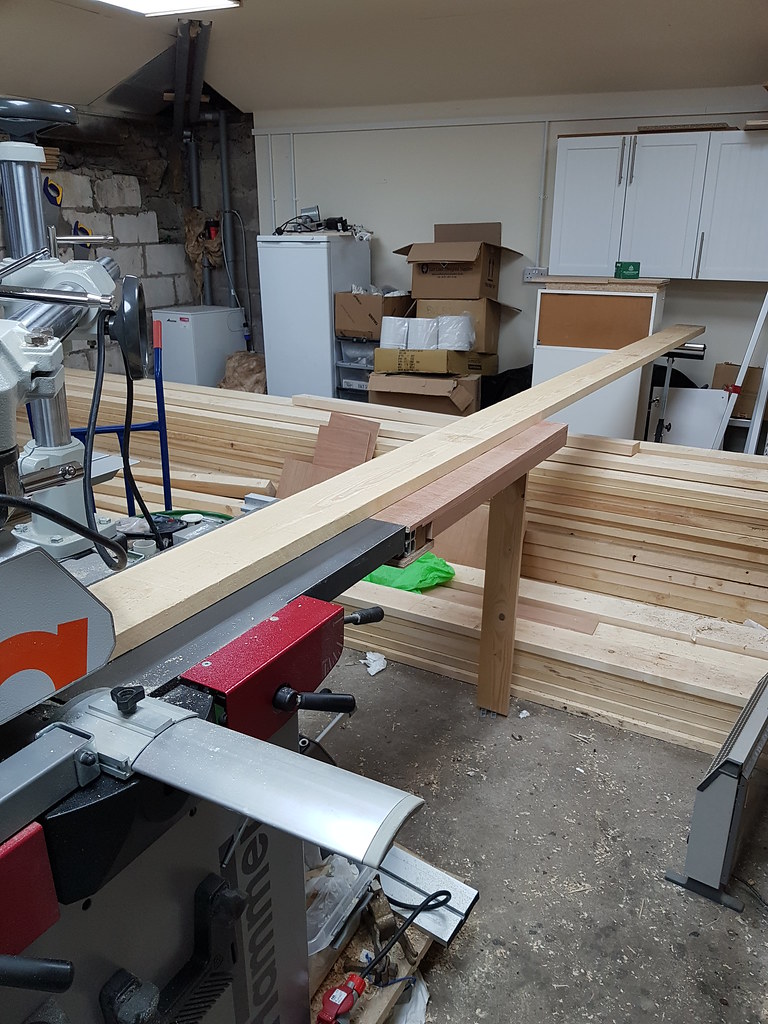Lonsdale73
Established Member
Last year, I tried to trim my finger nails with a planer thicknesser. I got off VERY lightly. Although the tip of my finger did come off, looking at it now you, would never know. There's a 'hardened' area that has a slightly different sensitivity to touch. Was a bit bizarre for a while in that it had a 'cold day numbness' most of the time but, e.g, when moving a mouse around on the desk top, touching something as insignificant as a grain of sugar could send a searing pain all the way up my arm.
At the time, I was (rightly) reminded to use push blocks / sticks as all times and that is something I do (almost) all the time. I even bought a load of Magswitch gear only to find my 'cast' table top wasn't iron. Or any other magnetic material. But I have an idea of how to get round that - now!
There was one chap who recommended the use of two push sticks. It didn't look particularly safe to me and a few others rounded on him for the suggestion. But fair play to the chap, it's not as tricky as it looked in the photos and, in practice, I found it not only easy to accomplish but very effective too.
It's by no means the first or only good bit of advice I've received from these forums and I regret I cannot recall the chap's name but my thanks to whoever it was and all who've ever taken the time to help.
THANK YOU.
At the time, I was (rightly) reminded to use push blocks / sticks as all times and that is something I do (almost) all the time. I even bought a load of Magswitch gear only to find my 'cast' table top wasn't iron. Or any other magnetic material. But I have an idea of how to get round that - now!
There was one chap who recommended the use of two push sticks. It didn't look particularly safe to me and a few others rounded on him for the suggestion. But fair play to the chap, it's not as tricky as it looked in the photos and, in practice, I found it not only easy to accomplish but very effective too.
It's by no means the first or only good bit of advice I've received from these forums and I regret I cannot recall the chap's name but my thanks to whoever it was and all who've ever taken the time to help.
THANK YOU.



































